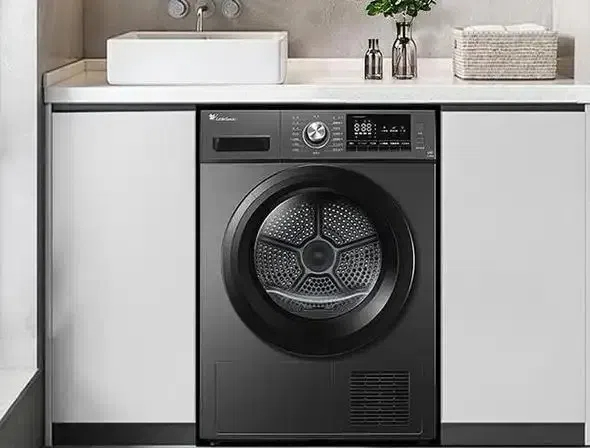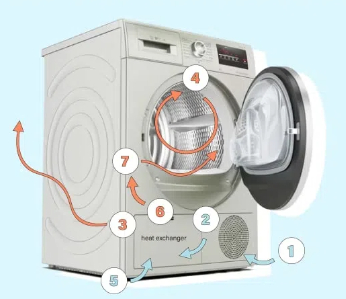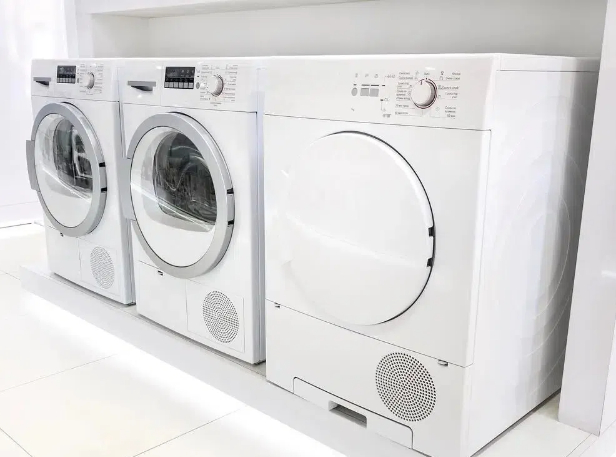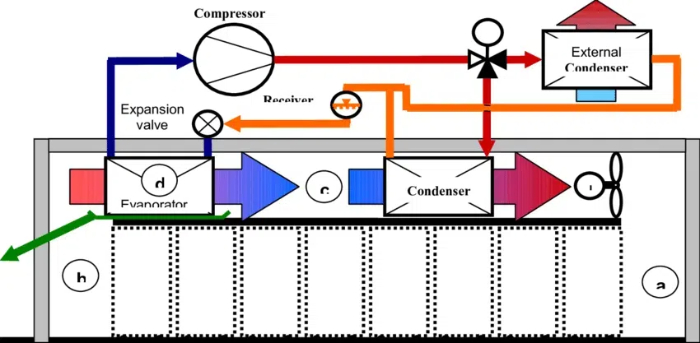
Content Menu
● Introduction to Heat Pump Technology
● How Heat Pump Dryers Work
● Drying Time Considerations
● Energy Efficiency and Cost Savings
● Smart Features and Modern Technology
● Maintenance and Care
● Environmental Impact
● Cost Considerations
● Installation Requirements
● Choosing the Right Model
● Future of Drying Technology
● Frequently Asked Questions
>> Q1: How much longer does a heat pump dryer take to dry clothes?
>> Q2: Are heat pump dryers worth the higher initial cost?
>> Q3: Do heat pump dryers require special installation?
>> Q4: How much energy do heat pump dryers save?
>> Q5: What maintenance do heat pump dryers require?
Introduction to Heat Pump Technology
Heat pump tumble dryers represent a significant advancement in laundry technology, offering an eco-friendly alternative to conventional dryers. These innovative appliances have gained popularity among environmentally conscious consumers and those looking to reduce their energy bills. While they do operate differently from traditional dryers, understanding their mechanics and benefits can help you make an informed decision about whether they're right for your home.
How Heat Pump Dryers Work
Heat pump dryers operate using a sophisticated system that recycles hot air to dry clothes. Unlike conventional dryers that expel warm air outside, heat pump models use a closed-loop system. The process involves:
1. Air circulation through the drum
2. Moisture extraction from clothes
3. Heat exchange process
4. Air recycling back into the system

Drying Time Considerations
One of the most common questions about heat pump dryers concerns their drying time. Indeed, these machines typically take longer to dry clothes compared to conventional dryers. A standard load might take 30-50% longer to dry, but this extended drying time comes with significant benefits:
- Lower temperature operation
- Better fabric care
- Reduced energy consumption
- Prevention of heat damage to clothes
Energy Efficiency and Cost Savings
The extended drying time is offset by remarkable energy efficiency. Heat pump dryers can reduce energy consumption by up to 50% compared to conventional models. This efficiency translates into:
- Lower electricity bills
- Reduced carbon footprint
- Long-term cost savings
- Environmental benefits
Smart Features and Modern Technology
Modern heat pump dryers come equipped with advanced features that enhance their performance:
- Moisture sensors
- Smart connectivity
- Multiple drying programs
- Anti-crease functions
- Temperature control systems
Maintenance and Care
Proper maintenance is crucial for optimal performance:
1. Regular filter cleaning
2. Condenser unit maintenance
3. Drum cleaning
4. Sensor wiping
5. Proper installation checks

Environmental Impact
Heat pump dryers contribute significantly to environmental conservation:
- Reduced energy consumption
- Lower carbon emissions
- No external venting required
- Sustainable operation
- Extended clothing lifespan
Cost Considerations
While heat pump dryers have a higher initial cost, they offer:
- Reduced operating costs
- Lower energy bills
- Longer appliance lifespan
- Better fabric preservation
- Potential energy rebates
Installation Requirements
Installing a heat pump dryer requires consideration of:
- Space requirements
- Ventilation needs
- Drainage options
- Electrical specifications
- Room temperature conditions
Choosing the Right Model
When selecting a heat pump dryer, consider:
1. Household size
2. Drying frequency
3. Available space
4. Budget constraints
5. Specific features needed
Future of Drying Technology
The technology continues to evolve with:
- Improved efficiency
- Faster drying times
- Enhanced features
- Better connectivity
- Advanced sensor technology

Frequently Asked Questions
Q1: How much longer does a heat pump dryer take to dry clothes?
A: Heat pump dryers typically take 30-50% longer than conventional dryers, but this extra time is compensated by significant energy savings and better fabric care.
Q2: Are heat pump dryers worth the higher initial cost?
A: Yes, while the initial investment is higher, the long-term savings on energy bills and better clothes care make them a worthwhile investment for most households.
Q3: Do heat pump dryers require special installation?
A: No, they don't require external venting, making them more flexible for installation, but they do need proper drainage and adequate space for air circulation.
Q4: How much energy do heat pump dryers save?
A: Heat pump dryers can reduce energy consumption by up to 50% compared to conventional dryers, leading to significant savings on electricity bills.
Q5: What maintenance do heat pump dryers require?
A: Regular maintenance includes cleaning filters after each use, periodic cleaning of the condenser unit, and ensuring proper drainage system functionality.












